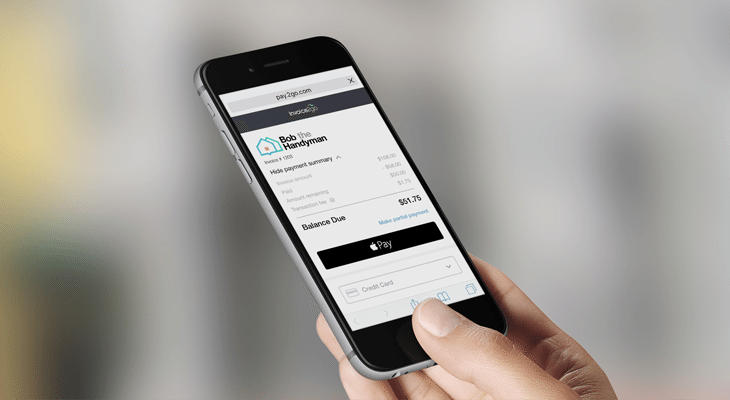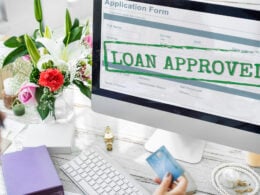It takes maybe two or three minutes to make a credit card payment online.
That may not sound like a huge amount of time at first glance, but considering that people have been complaining about how long it takes for the supermarket chip reader to gather our credit card information (about 30 seconds), three minutes is forever.
It also seems to defeat the key purpose of shopping online: convenience.
That’s why many in the tech world think Apple’s rollout of Apple Pay on the web is a pretty big deal.
So why haven’t you heard about it? It’s probably because the media likes new stories and Apple Pay has already been around for awhile.
Apple Pay allows people with the latest IOS (Apple) devices to make secure payments with the touch of a fingertip on the phone’s Touch ID pad. That’s the big deal. Simply put, easier payments means getting paid faster.
Sponsored: Visit our Dell partner page for discounts and exclusive offers
No longer do you have to type in your billing address and your ZIP Code. You don’t have to pick up your card, look at the back and try to decipher the faded CVV numbers. In fact, you don’t have to type anything at all.
One touch of a finger and you’re done. You can get back to work.
For entrepreneurs who generate invoices out in the field, it’s a game changer.
“It will be great for our business,” Andrew Chmielewski, toffee maker and owner of Dave’s Sweet Tooth, said of Apple Pay. “I think this has the potential to help solve some of our cash flow issues. Hopefully our clients will catch on and it can be mutually beneficial.”
Apple Pay is also more secure than many payment systems: When you use Apple Pay, the recipient doesn’t receive your credit card information. Instead, the app generates a unique number for every transaction.
As small business owners, our customers (plumbers, electricians, writers, contractors, organizers, handymen, makeup artists, dog walkers and beyond) form the backbone of the American economy. They need to get paid quickly in order to keep their books balanced and in order to survive. They depend on it. The American economy does, as well:
Some 28 million small businesses in America account for 54 percent of all U.S. sales, according to the Small Business Administration.
With Apple Pay, a plumber can fix a toilet and on the way out the door, send an invoice. By the time he or she gets to the car, voila; their grateful customer has already sent in their money using Apple Pay.
It also puts regular small business folks, who don’t have the time to sit down and learn every new technology that comes out, on the same playing field as techies and executives.
Related: Sign up to receive the StartupNation newsletter!
Consumers expect slick invoices and easy payment systems. It used to be that only big businesses could offer that, and small ones were left to handwrite invoices. Now the little guys can compete with the big guys.
Apple Pay is a step in the continuum of what’s possible for startups, and it’s exciting. Sometimes the littlest changes are significant when it comes to convenience and removing an invisible barrier that people don’t even know is there.
“I’m hoping that (Apple Pay) will help to speed up our cash flow cycle and allow our customers to pay for their orders in a more seamless and timely fashion,” Chmielewski said.
Have you tried Apple Pay for your small business yet? Share your experience with us in the comments section below.






